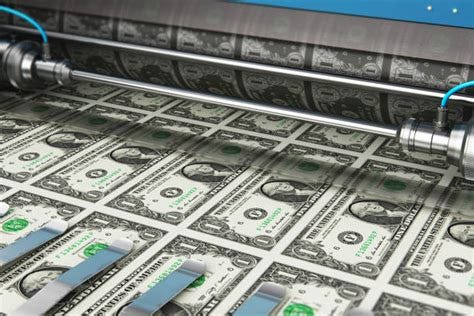Understanding fiat currency
A monopoly on violence makes for better currency.
This is part of a short series on currency systems.
As we saw in the last post, physical currency has a lot of limitations. If you’re a government with a monopoly on violence, you can create a better form of currency.
Specifically, you declare by fiat that your state currency is legal tender for paying debts. You also demand taxes in that currency and pay people with it.
These tricks essentially force the currency to have exchange value. You will value the currency for its ability to pay debts and taxes. Both of which you’re forced to pay because of the monopoly on violence. Things like establishing a financial system in the currency, insuring deposits, and engaging in monetary policy also help by raising the value of the currency.
So fiat money solves the value problem with force. It also solves the forgery problem with force; by making it illegal to produce counterfeit money.
The bank notes themselves strike a balance between being easy to make at scale and hard enough to forge that the state doesn’t need to spend too much effort on enforcement. Bank notes should also have some of the other properties we want like durability, verifiability, and value density. And standardized denominations make paper currency easy to measure.
Paper currency is an improvement over physical currency, but we can do better. Instead of exchanging paper, the state can keep track of money as a purely informational object. By tightly regulating banks and auditing businesses, the state can keep track of currency stored as digital 1’s and 0’s. A huge amount of effort goes into tracking the flow and creation of digital money1. Though enforcement is imperfect, digital fiat currency remains mostly unforgeable and secure.
This has big benefits. Digital money can be produced, stored, measured, and moved for far lower costs. It’s much easier to do monetary policy, control exchange rates, or control capital flows, pick two.
Fiat currency is fundamental to the operation of the state. It’s how funds are raised to pay for collective defense in wartime. It’s how the government pays for public goods in peacetime. It makes economic activity legible and manipulable.
That said, fiat currency isn’t free. It requires a massive enforcement system. Worse, its power is abused to curtail people’s freedom.
In the next post, we’ll look at cryptocurrencies as an attempt to solve this problem. They are not without costs of their own.
The effort spent on tracking also helps with tax collection.


